Zen and the Art of Motorcycle Maintenance Like Books
:focal(6245x4415:6246x4416)/https://tf-cmsv2-smithsonianmag-media.s3.amazonaws.com/filer/76/e1/76e140f8-ccda-466f-bd0a-0d4a0f706628/oct2020_f01_prologue.jpg)
Reading Robert Pirsig's description of a road trip today, one feels bereft. In his 1974 autobiographical novel Zen and the Art of Motorbike Maintenance, he describes an unhurried stride over two-lane roads and through thunderstorms that have the narrator and his companions by surprise as they ride through the North Dakota plains. They annals the miles in subtly varying marsh odors and in blackbirds spotted, rather than in coordinates ticked off. Most shocking, there is a child on the back of 1 of the motorcycles. When was the last time y'all saw that? The travelers' exposure—to actual take a chance, to all the unknowns of the road—is arresting to present-day readers, peculiarly if they don't ride motorcycles. And this exposure is somehow existential in its significance: Pirsig conveys the feel of being fully in the world, without the mediation of devices that filter reality, smoothing its rough edges for our psychic comfort.
If such experiences feel less available to u.s. at present, Pirsig would not be surprised. Already, in 1974, he offered this story as a meditation on a particular way of moving through the world, one that felt marked for extinction. The book, which uses the narrator'due south road trip with his son and two friends as a journey of enquiry into values, became a massive all-time seller, and in the decades since its publication has inspired millions to seek their own adaptation with modern life, governed past neither a reflexive aversion to technology, nor a naive faith in it. At the eye of the story is the motorcycle itself, a 1966 Honda Super Militarist. Hondas began to sell widely in America in the 1960s, inaugurating an constant fascination with Japanese blueprint among American motorists, and the company's founder, Soichiro Honda, raised the idea of "quality" to a quasi-mystical status, coinciding with Pirsig's own efforts in Zen to clear a "metaphysics of quality." Pirsig's writing conveys his loyalty to this machine, a relationship of care extending over many years. I got to work on several Hondas of this vintage when I ran a motorcycle repair shop in Richmond, Virginia. Compared to British bikes of the same era, the Hondas seemed more refined. (My writing career grew out of these experiences—an effort to clear the human element in mechanical work.)
In the first chapter, a disagreement develops betwixt the narrator and his riding companions, John and Sylvia, over the question of motorbike maintenance. Robert performs his own maintenance, while John and Sylvia insist on having a professional person do it. This posture of non-involvement, we soon larn, is a crucial element of their countercultural sensibility. They seek escape from "the whole organized scrap" or "the organisation," every bit the couple puts it; technology is a decease force, and the point of hitting the route is to leave it behind. The solution, or rather evasion, that John and Sylvia hit on for managing their revulsion at technology is to "Have it somewhere else. Don't take it here." The irony is they all the same find themselves entangled with The Machine—the i they sit on.
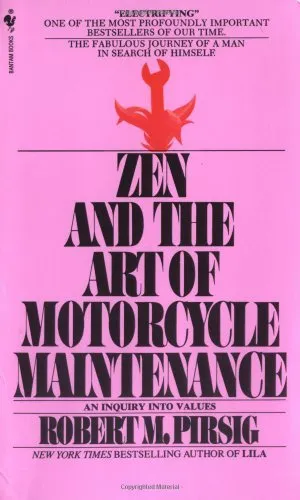
Zen and the Art of Motorbike Maintenance
A narration of a summer motorcycle trip undertaken by a father and his son, the volume becomes a personal and philosophical odyssey into key questions of how to live. The narrator's relationship with his son leads to a powerful self-reckoning; the craft of motorbike maintenance leads to an austerely beautiful process for reconciling science, religion, and humanism
Today, we oftentimes use "technology" to refer to systems whose inner workings are assiduously kept out of view, magical devices that offering no credible friction between the self and the world, no need to master the grubby details of their operation. The manufacture of our smartphones, the algorithms that guide our digital experiences from the cloud—it all takes place "somewhere else," just as John and Sylvia wished.
However lately we accept begun to realize that this very opacity has opened new avenues of surveillance and manipulation. Big Tech at present orders everyday life more than securely than John and Sylvia imagined in their techno-dystopian nightmare. Today, a road trip to "get away from it all" would depend on GPS, and would prompt digital ads tailored to our destination. The whole circuit would be mined for behavioral data and used to nudge us into profitable channels, probable without our fifty-fifty knowing it.
We don't know what Pirsig, who died in 2017, thought of these developments, as he refrained from almost interviews after publishing a second novel, Lila, in 1991. Simply his narrator has left united states a way out that can be reclaimed by anyone venturesome enough to try it: He patiently attends to his own motorcycle, submits to its quirky mechanical needs and learns to sympathize information technology. His way of living with machines doesn't rely on the seductions of effortless convenience; it requires united states to get our hands muddy, to be self-reliant. In Zen, we run into a homo maintaining straight engagement with the earth of cloth objects, and with information technology some measure of independence—both from the purveyors of magic and from cultural despair.
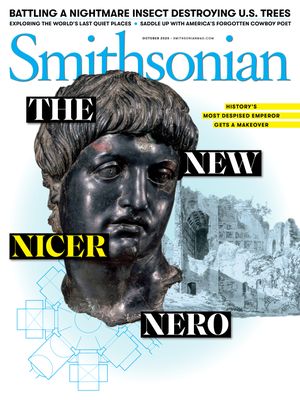
Source: https://www.smithsonianmag.com/smithsonian-institution/robert-pirsig-zen-art-motorcycle-maintenance-resonates-today-180975768/

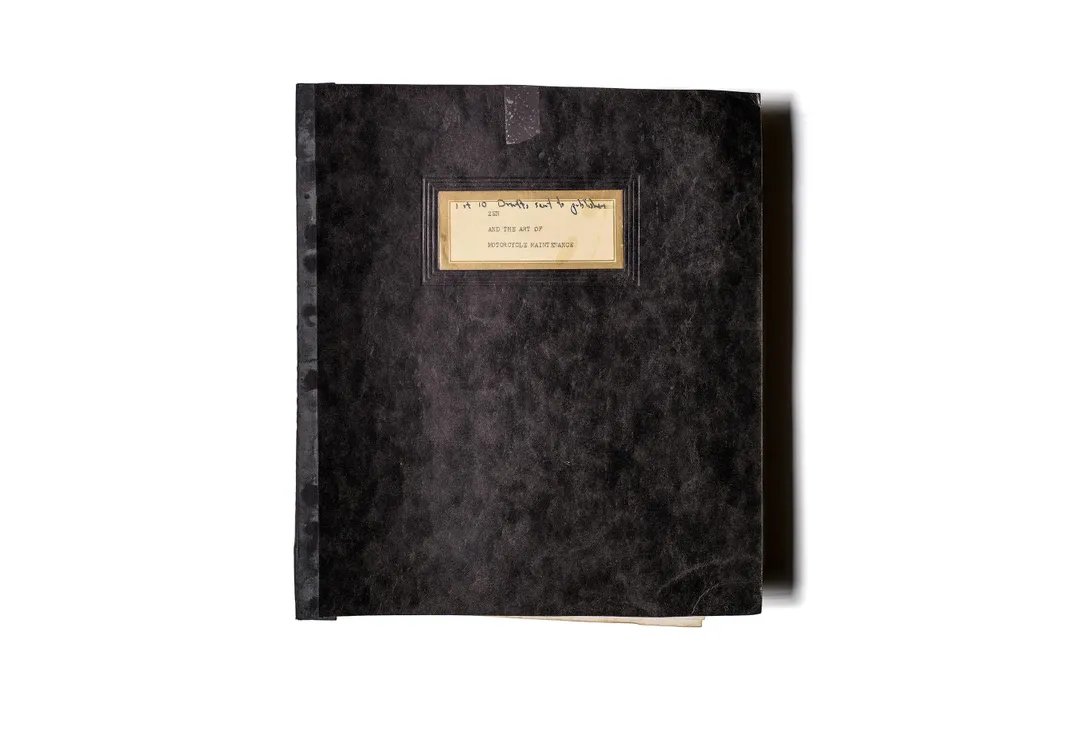
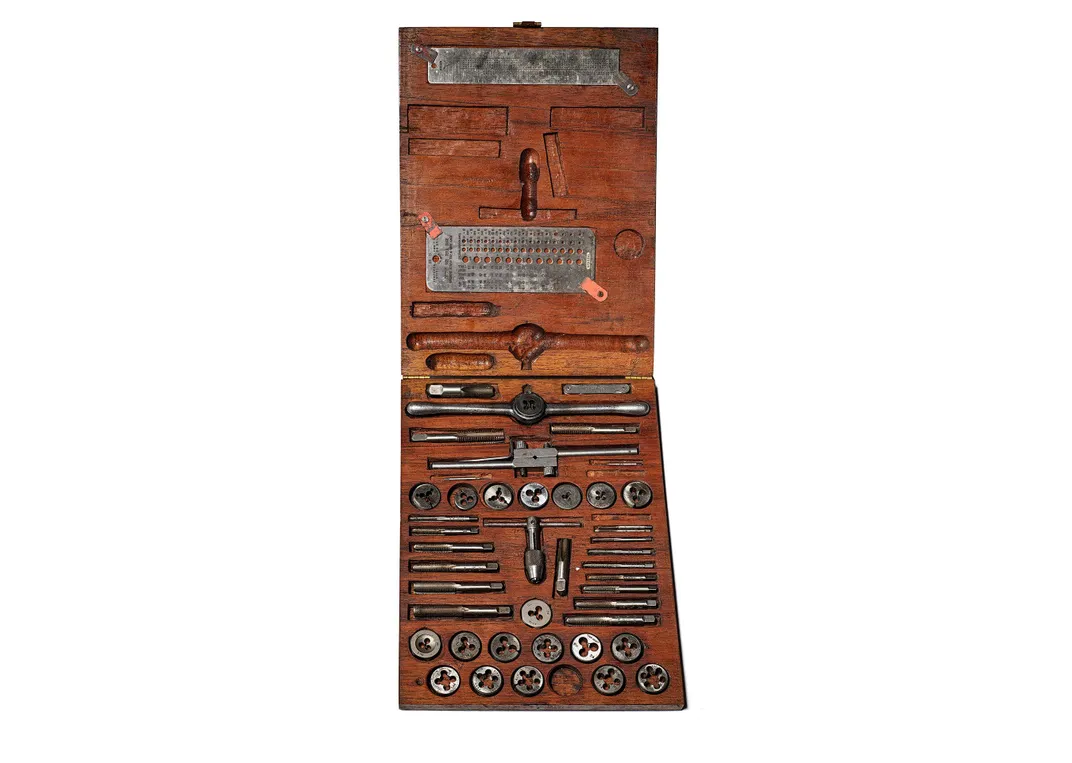
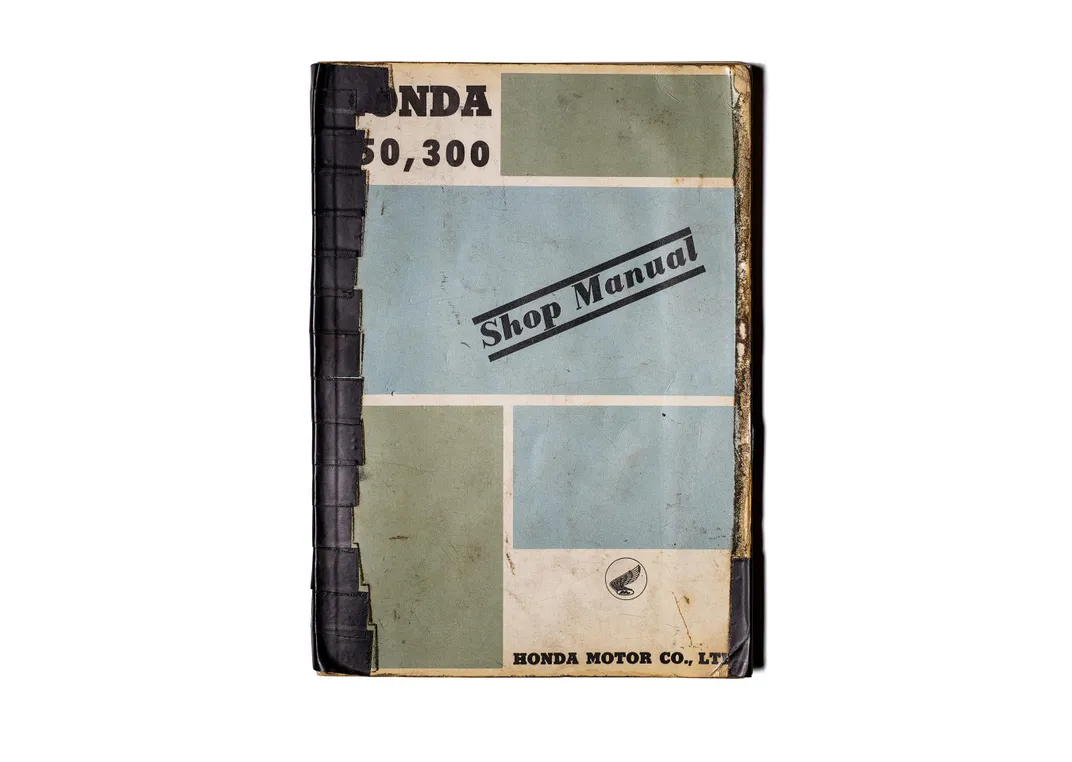
0 Response to "Zen and the Art of Motorcycle Maintenance Like Books"
Post a Comment